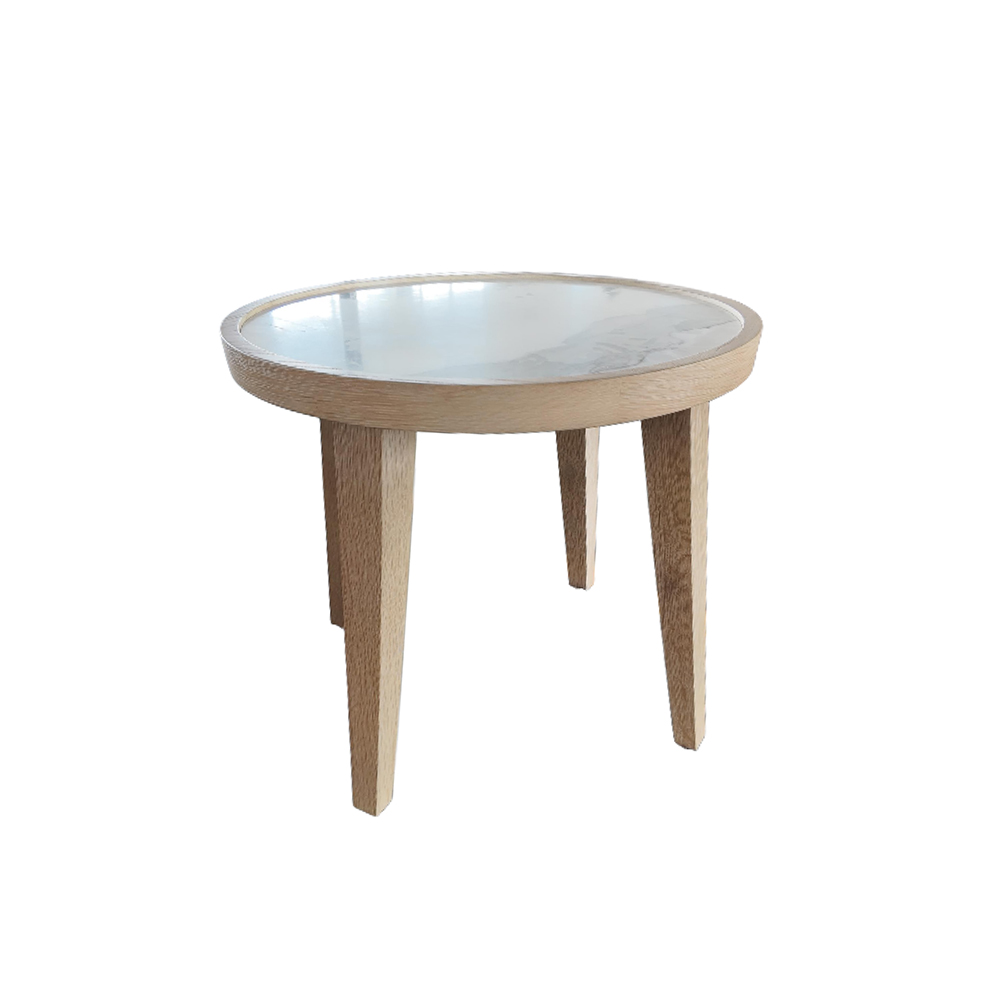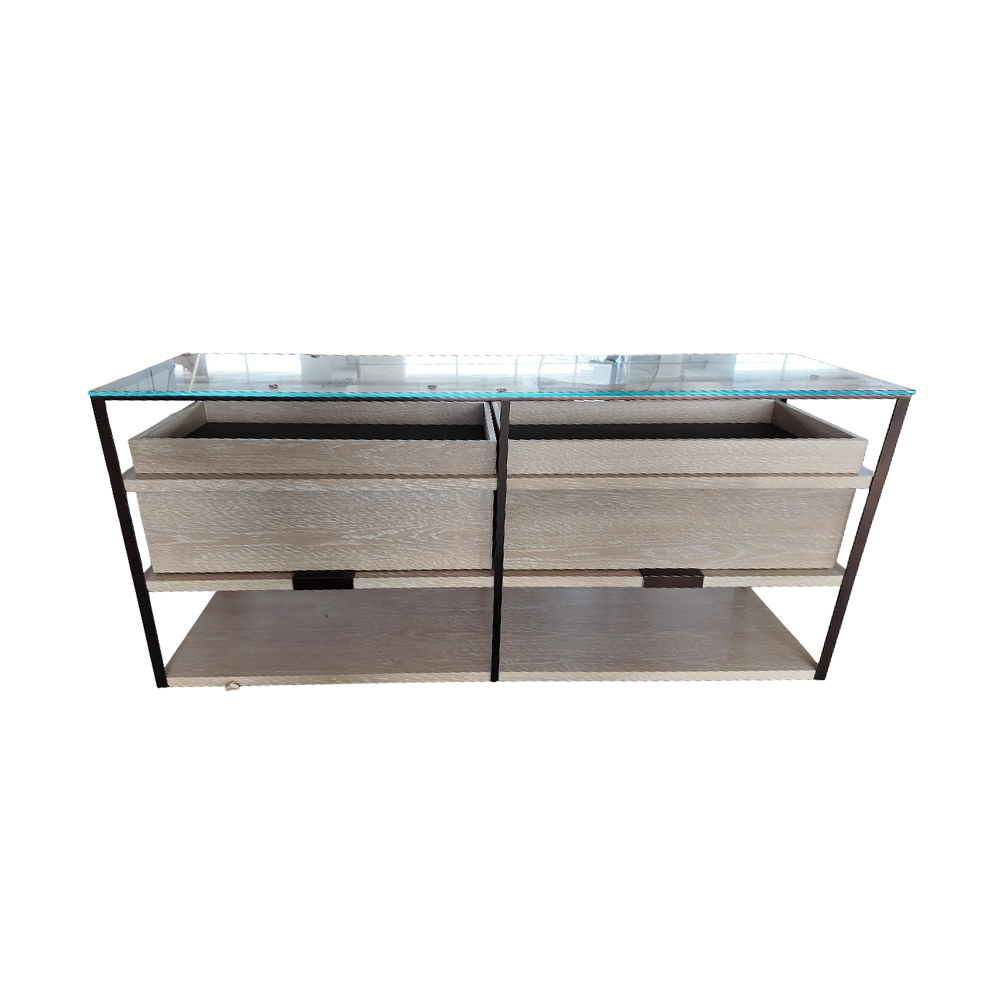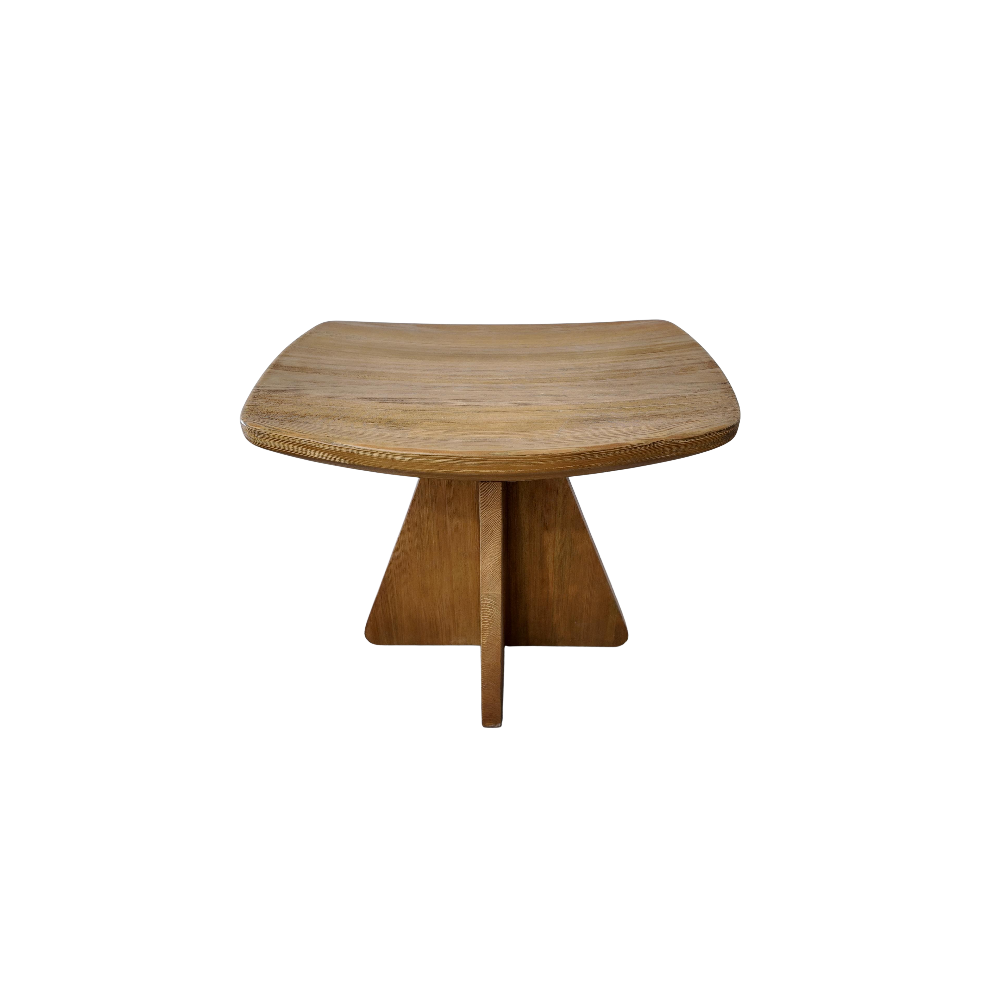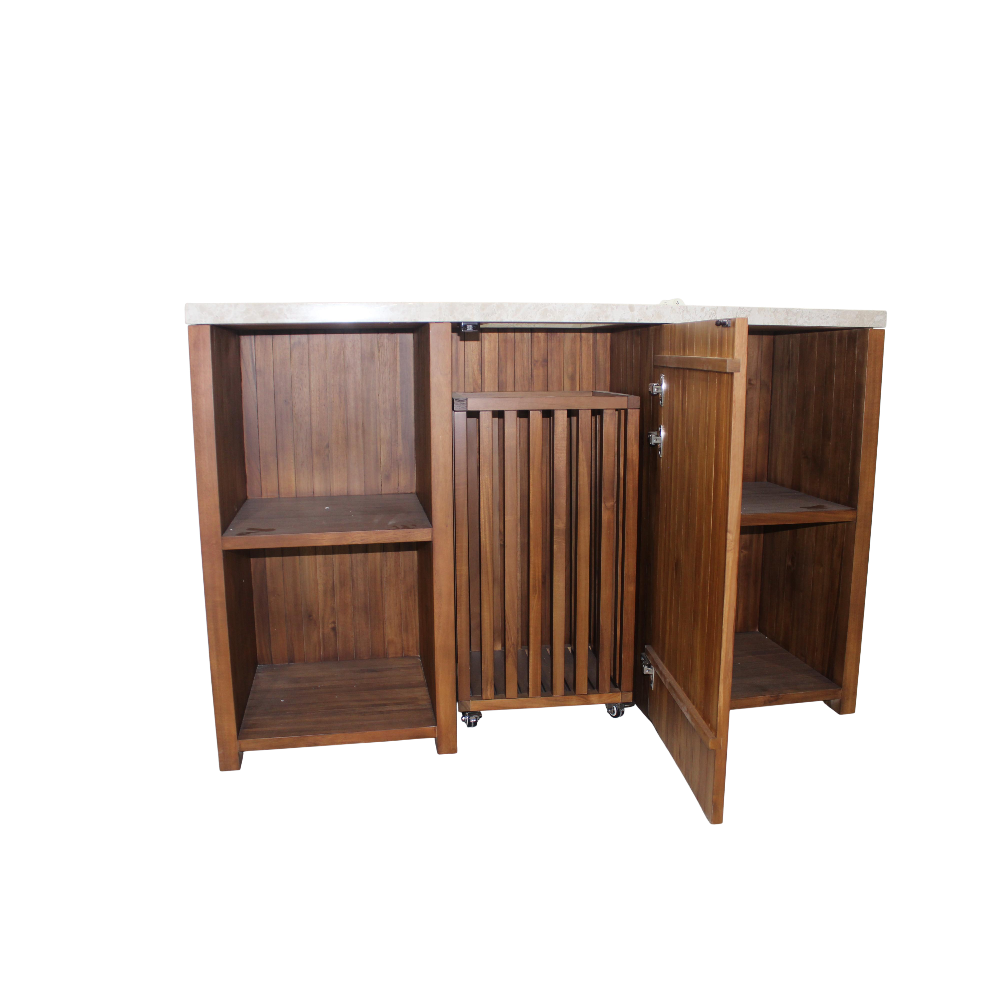From Factory to Guest Room: The Truth About “New Furniture Smell”
The arrival of new hotel furniture often brings a distinct, sharp odor. This article offers a transparent explanation of what causes this odor, provides safe and effective solutions for how to get rid of the smell from new furniture, and outlines how a responsible manufacturing partner can eliminate the issue at the source.

What Is That Smell? A Breakdown of Odor Sources
The odor is not a single substance but a complex mix of gases released from the materials used in manufacturing.
1. Chemical Odors: Volatile Organic Compounds (VOCs)
The primary cause of the characteristic “new furniture smell” is a process called off-gassing, where manufactured products release VOCs. These chemicals, trapped during production, become gases at room temperature and are slowly released into the air. This is a significant concern for indoor environments, as the EPA has found that VOC concentrations can be up to ten times higher indoors than outdoors. The issue is often exacerbated in guest rooms, where climate control systems can concentrate airborne chemicals.
Key sources of VOCs in furniture include:
- Formaldehyde: A prevalent VOC with a pungent, “pickle-like” odor, formaldehyde is a known human carcinogen. Its primary source is the urea-formaldehyde (UF) resins and glues used to bond composite woods like Medium-Density Fiberboard (MDF) and particleboard.
- Industrial Solvents: Chemicals like benzene, toluene, and xylene are commonly used as solvents in paints, lacquers, and stains. They help the finish apply smoothly, but evaporate into the air long after the furniture is installed.
- Upholstery: Polyurethane foams and fabrics can be treated with flame retardants or stain repellents that off-gas their own set of VOCs.
2. Natural Odors: The Scent of Solid Wood
It is crucial to distinguish the sharp scent of industrial chemicals from the natural aroma of solid wood. Not all odors signal a health risk. Solid wood has its own distinct and generally harmless scent profile, which many find pleasant. For example, the fresh scent of pine comes from naturally occurring terpenes like alpha-pinene, while the rich aroma of oak has notes of vanilla and spice. This addresses the question of how to get rid of wood smell from new furniture—in most cases, natural wood scents are desirable and not a cause for concern.
3. Packaging Odors
Finally, some minor and temporary odors can come from packaging materials like cardboard or plastic wrap. These smells are absorbed from the shipping environment and are distinct from the persistent off-gassing of the furniture itself. They typically dissipate very quickly once the item is unboxed.

How to Safely Remove the Odor
If you are dealing with an existing factory smell from new furniture, several reactive measures can help mitigate the problem.
1. Ventilate
The most effective method for reducing VOCs is ventilation. Open windows and doors to create cross-ventilation, and use fans to exhaust contaminated indoor air outside. You can even accelerate the off-gassing process in an unoccupied room by raising the temperature while maximizing ventilation, forcing more VOCs out in a shorter, controlled period.
2. Wipe Down Surfaces
Before using other methods, wipe down all hard furniture surfaces with a clean, damp cloth. This removes residual dust and chemicals from the factory and packaging process.
3. Use Natural Absorbers
After initial ventilation, certain materials can help capture residual airborne VOCs.
- Activated Charcoal: Widely considered the most effective natural absorber, activated charcoal has an immense internal surface area that traps VOC molecules through a process called adsorption. Place open bowls or breathable sachets of charcoal in drawers and around the furniture to significantly reduce odors.
- Baking Soda: This alkaline substance works by neutralizing acidic odor molecules. It can be sprinkled on upholstery, left for several hours, and then vacuumed up thoroughly.
- White Vinegar: Placing bowls of white vinegar around a room can help neutralize some airborne chemicals. A diluted solution can also be used to wipe down hard surfaces, but should be tested on an inconspicuous spot first.
4. What to Avoid at All Costs
Never use chemical air fresheners, scented sprays, or plug-in deodorizers to address the new furniture smell. These products do not remove VOCs; they either mask the odor with a stronger scent or deaden your sense of smell. In doing so, they release their own harmful chemicals—including phthalates, benzene, and even more formaldehyde—adding to the indoor air pollution.

Minimize Odor at the Source: The Gainwell Standard
While the methods above can help, they are reactive solutions that place the burden on the hotelier. A truly high-quality and safe guest experience is achieved by preventing the problem from the start. A low-odor final product is the result of deliberate choices made throughout the manufacturing process. At Gainwell, our commitment is built on three pillars.
1. Material Selection
The process starts with sourcing materials that minimize off-gassing. We prioritize solid wood and specify composite wood panels certified to low-emission standards. The adhesives we use are designated as “No Added Formaldehyde” (NAF) or “Ultra-Low Emitting Formaldehyde” (ULEF) to avoid the high emissions of traditional resins. Furthermore, we utilize modern low-VOC and zero-VOC water-based finishes, which use water instead of petrochemicals as a solvent, drastically reducing odors and harmful emissions.
2. Production & Curing
How furniture is finished is as important as the materials used. If a finish is not fully “cured”—or hardened—before packaging, it will continue to release VOCs for weeks at the client’s property. Gainwell places fully finished furniture into dedicated curing environments with elevated temperatures and high-volume air circulation. This critical protocol ensures the vast majority of off-gassing happens at our factory, not in your guest room.
3. Verifiable Standards
Claims of being “green” or “healthy” require independent verification. Gainwell adheres to globally recognized third-party standards, giving clients objective proof of quality. Our certifications, including CARB, FSC, ISO 9001, ISO 14001, and LGA, ensure our products meet stringent requirements for low chemical emissions, responsible material sourcing, and consistent quality management, directly addressing the root causes of “new furniture smell.”
Conclusion
The “new furniture smell” is a common but controllable issue. The right manufacturing partner minimizes it from the start, protecting your guests, staff, and brand reputation. Gainwell’s proactive, three-pillar standard ensures that the furniture delivered to your property is a testament to quality and care, not a source of indoor air pollution.
The quality of your guest experience is determined by every detail. Ensure the air they breathe is as clean and welcoming as the rest of your property.
Contact Gainwell today to learn more about our commitment to low-odor, high-quality hospitality furniture and to request a consultation for your next project.








